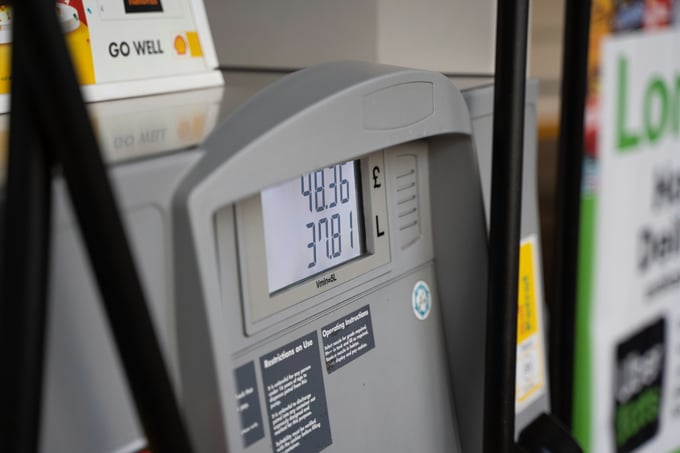
While the composite of the most liquid 29 commodities traded on the U.S. and U.K. futures exchanges fell by 4.52% in 2023, traditional energy commodities, including crude oil, oil products, natural gas, and ethanol declined by 21.85%. Natural gas led the way on the downside with a 43.8% loss. Coal for delivery in Rotterdam fell 43.2% last year.
After reaching multiyear or all-time highs in 2022, the energy sector that powers the world moved lower in 2023. The worst-performing sectors for one year tend to rebound, often becoming the best performers the following year.
We should expect lots of price volatility in the energy futures market in 2024. The declines in 2023 could give way to significantly higher prices in 2024 as the U.S. election approaches.
Crude oil review and recent price action
- NYMEX WTI futures fell 10.7% in 2023.
- ICE Brent futures declined 10.2% last year.
- Crude oil prices were slightly higher than the 2023 close on January 16, 2024.
Oil products review and recent price action
- NYMEX gasoline futures fell 15% in 2023.
- NYMEX heating oil futures, a proxy for distillate products, declined 23.3% last year.
- Gasoline and heating oil futures were marginally higher than the 2023 closing levels on January 16, 2024.
Natural gas and ethanol review and recent price action
- Nearby natural gas prices plunged 43.8% in 2023.
- NYMEX natural gas futures were significantly higher than the 2023 close on January 16 as cold temperatures across the U.S. increased the demand.
- Chicago ethanol swaps moved 28.1% lower in 2023.
- Chicago ethanol swaps moved lower in early 2024 as weak corn prices weighed on the biofuel. Corn is the primary ingredient in U.S. ethanol.
Coal review and recent price action
- Coal for delivery in Rotterdam, the Netherlands, dropped 43.2% in 2023.
- Coal was steady in mid-January, trading near the 2023 closing level.
- India and China are the leading coal-consuming countries.
The leading reasons for higher energy prices in early 2024
- Geopolitics- Wars in the Middle East and Ukraine remain supportive of higher oil, gas, and coal prices.
- Global economics- A more dovish Fed will likely lead to lower interest rates and a decline in the value of the U.S. dollar. Falling rates and a weaker dollar tend to be bullish for commodity prices, and energy is no exception.
- China- The weak Chinese economy weighed on global energy demand in 2023. Any economic pickup in China would likely increase the demand.
- The U.S. election- Fossil fuels will be a debate topic in the 2024 U.S. Presidential election, with the incumbent administration favoring a continuation to a greener energy path to address climate change. Meanwhile, Republicans favor traditional energy independence that would increase U.S. energy production through drill-baby-drill and frack-baby-frack policies.
- SPR- The administration’s target for replenishing the U.S. SPR is $67-$72 per barrel. The SPR fell from over 600 million barrels in late 2021 to 355 million barrels as of January 8, 2023.
- Seasonality- Crude oil and gasoline prices tend to decline during winter and rise in the spring and summer.
Thanks for reading, and stay tuned for the next edition of the Tradier Rundown!